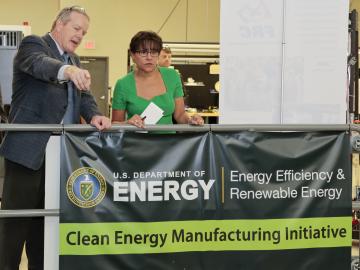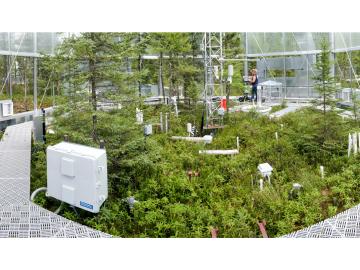
Filter News
Area of Research
- (-) Clean Energy (41)
- Advanced Manufacturing (3)
- Biological Systems (3)
- Biology and Environment (6)
- Building Technologies (2)
- Chemistry and Physics at Interfaces (3)
- Computational Engineering (1)
- Computer Science (1)
- Energy Frontier Research Centers (4)
- Functional Materials for Energy (3)
- Fusion and Fission (5)
- Geographic Information Science and Technology (1)
- Isotope Development and Production (1)
- Isotopes (3)
- Materials (35)
- Materials for Computing (6)
- Materials Synthesis from Atoms to Systems (2)
- Materials Under Extremes (3)
- National Security (3)
- Neutron Science (9)
- Nuclear Science and Technology (3)
- Quantum Condensed Matter (1)
- Reactor Technology (1)
- Supercomputing (14)
- Transportation Systems (2)
News Type
News Topics
- 3-D Printing/Advanced Manufacturing (8)
- Big Data (1)
- Bioenergy (1)
- Biology (2)
- Buildings (3)
- Chemical Sciences (1)
- Climate Change (1)
- Composites (2)
- Coronavirus (1)
- Critical Materials (1)
- Decarbonization (1)
- Energy Storage (8)
- Environment (1)
- Grid (2)
- High-Performance Computing (1)
- Materials (5)
- Materials Science (2)
- Microscopy (1)
- Nanotechnology (1)
- Polymers (2)
- Sustainable Energy (5)
- Transportation (3)
Media Contacts
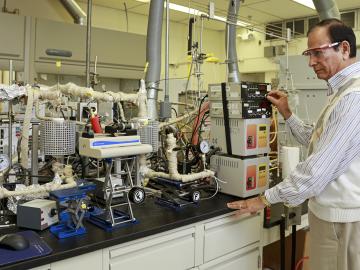
A new study from the Department of Energy’s Oak Ridge National Laboratory explains the mechanism behind a technology that converts bio-based ethanol into hydrocarbon blend-stocks for use as fossil fuel alternatives. Scientists have experimented for decades with a cl...
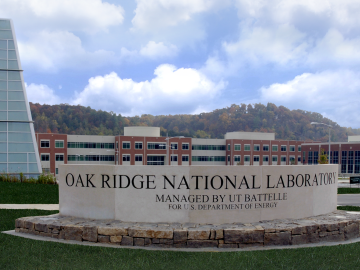
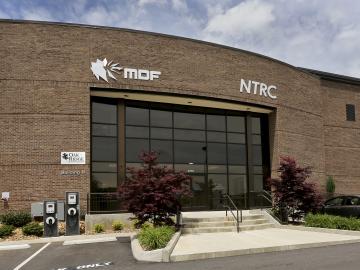
The Department of Energy's Oak Ridge National Laboratory and Strangpresse LLC of Youngstown, Ohio, have signed a non-exclusive licensing agreement on a portfolio of ORNL patents related to large-scale additive manufacturing. ORNL is leading advances in the productio...

The Department of Energy's Oak Ridge National Laboratory and Strangpresse LLC of Youngstown, Ohio, have signed a non-exclusive licensing agreement on a portfolio of ORNL patents related to large-scale additive manufacturing. ORNL is leading advances in the productio...

A research demonstration unveiled today at the Department of Energy’s Oak Ridge National Laboratory combines clean energy technologies into a 3D-printed building and vehicle to showcase a new approach to energy use, storage and consumption. The Additive Manufactur...
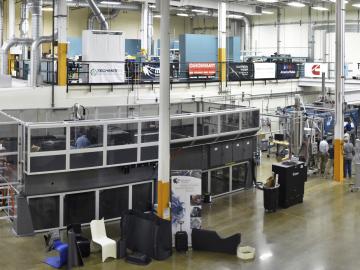
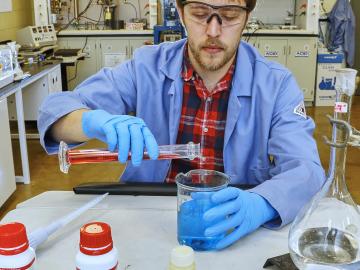
A catalyst being developed by researchers at the Department of Energy’s Oak Ridge National Laboratory could overcome one of the key obstacles still preventing automobile engines from running more cleanly and efficiently. The mixed oxide catalyst could solve the ...
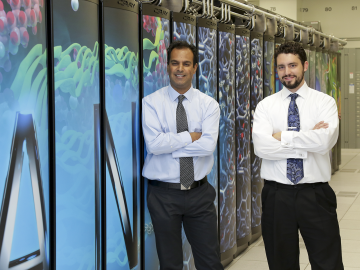
A set of automated calibration techniques for tuning residential and commercial building energy efficiency software models to match measured data is now available as an open source code. The Autotune code, developed at the Department of Energy's Oak Ridge National L...
